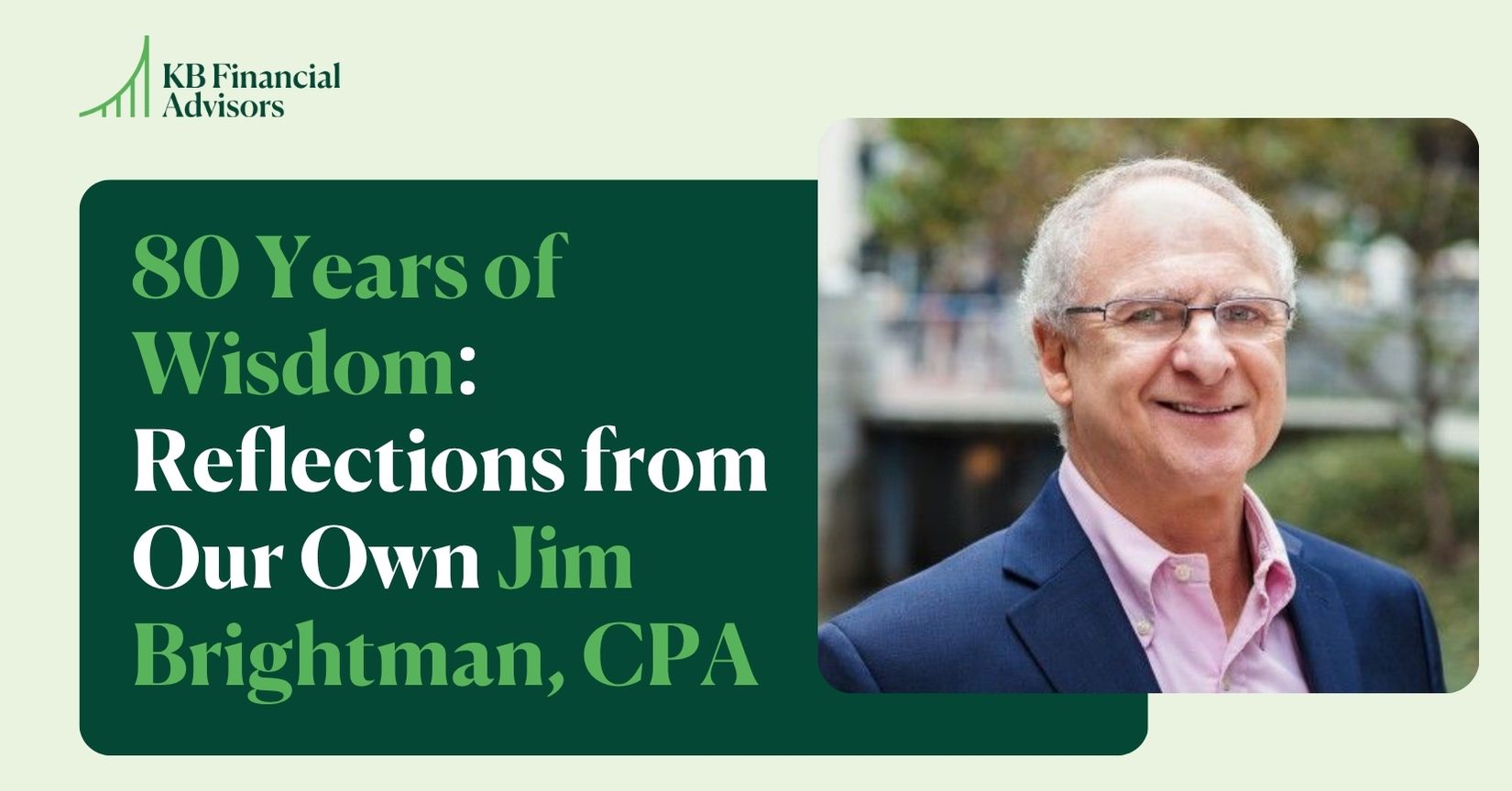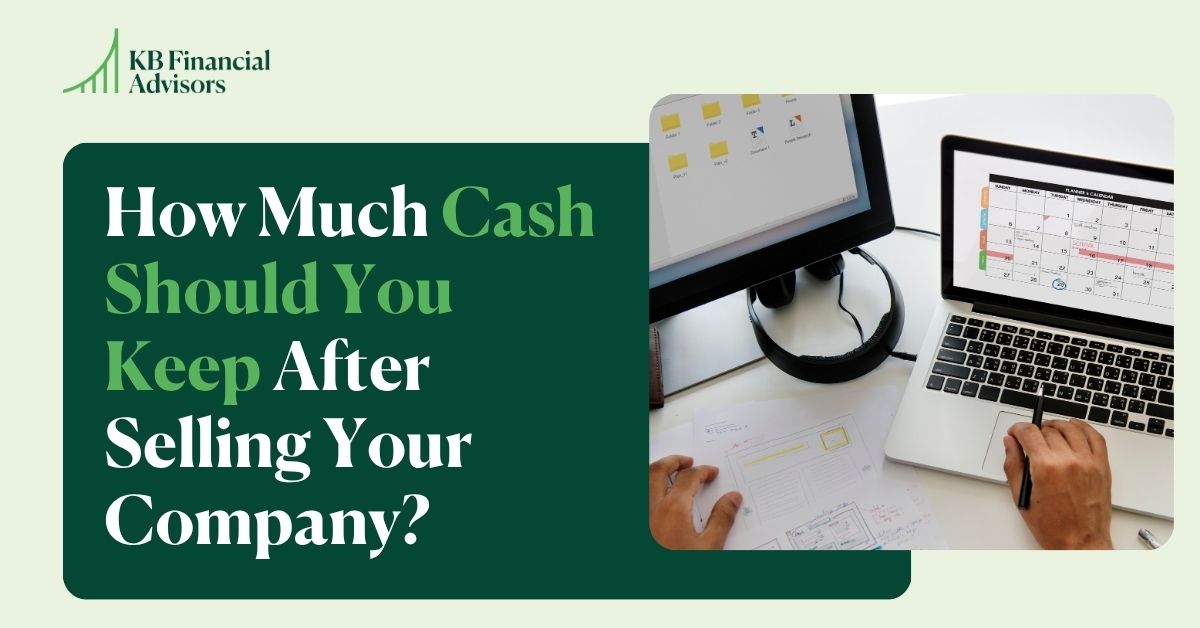*New enhancements for QSBS apply after July 4, 2025. Refer to How Does QSBS Work (2025 Edition) for more.
We know the IRS loves to make sure they get their fair share of taxes… So is it ~really~ true that they’d allow 100% tax exclusions on QSBS stock options? Believe it or not… yes! Owners of qualified small business stock (QSBS) can be eligible for tax-free capital gains on their federal taxes for up to $10 million of realized gains.
Who qualifies for this exclusion on QSBS stock options?
Most people who qualify for this 100% exclusion are founders, early investors, and early-stage employees who purchased their QSBS (exercised their QSBS options) after September 28, 2010. (In this case, the exclusion is good for the greater of $10 million or 10x the cost basis in the stock.) That doesn’t mean those who qualify must be founders, early investors, or early-stage employees, but those are typically the people with access to buy these types of shares, since they’re not usually available to the public. But if your purchase date was before September 28, 2010, that doesn’t mean all hope is lost: For QSBS acquired between August 10, 1993 and September 27, 2010, the gain exclusion is 50% to 75%, and the same $10 million limit is allowed per issuer. (Meaning, if you have QSBS in multiple companies, you can have a $10 million exclusion for each one.) Unfortunately, though, some states (like California) don’t allow a QSBS gain exclusions for state income tax.
The IRC Requirements for QSBS Treatment
Here are the requirements to qualify for QSBS treatment in IRC code section 1202:
- You must be a non corporate taxpayer, like an Individual investor.
- The issuer of the stock must be a domestic C Corporation.
- Stock must be received directly from the company (original issuance) for cash (or other property) or as compensation for services. Stock acquired through the exercise of employee stock options can qualify.
- The shareholder must acquire the shares before the company has more than $50 million in gross assets.
- You must hold the stock for at least 5 years before selling.
- For substantially all of the holding period, the company uses 80% of its assets in the active conduct of a qualified trade or business. A qualified trade or business does not include services in the fields of health, law, financial services, banking, insurance, leasing, investing, or other similar businesses.
Make Sure You Meet the Five-Year Holding Period
Unlike typical stock options qualifying for long-term capital gains tax rates, QSBS needs to be held for five years (60 months) before they qualify for their steep tax exclusions. Typically, the five-year period starts when your stock options are exercised or vested, but some companies will let you do an early exercise before this. (If you’re thinking about early exercise, just be wary that early exercises can be subject to forfeiture if you don’t meet the vesting requirements.)
Early Exercise QSBS Stock Options Risks & Rewards
Since the five-year holding period begins when your stock options are exercised, some people are keen to exercise as early as possible, even before the options have vested. The downsides, of course, are that these options are subject to forfeiture if the vesting requirements aren’t met, and if the company goes belly-up, your investment is lost. However, if neither of those things are likely, an early exercise in conjunction in an 83(b) election can be a real winning combo. In short, an 83(b) election lets you pay tax on the “profit” of your exercise based on current market value, even if the stock options you exercise haven’t vested yet. This saves you money in taxes if the company’s stock value continues to rise, and gives you an earlier exercise date, so you’re more likely to qualify for QSBS when the time comes to sell your shares. For ISO, an 83(b) election can minimize AMT, but with this type of stock option, your holding period doesn’t begin until your shares actually vest, even if an 83(b) election was filed.
Stacking Transactions to Exceed the $10 Million Threshold
If you’ve got a lot of QSBS, you can use stacking as a tax strategy to go beyond the $10 million gain exclusion by gifting your QSBS shares to another taxpayer, like a non grantor irrevocable trust. These trusts qualify for its own $10 million QSBS exclusion, and you can set your children or immediate family members as beneficiaries of the trust. If you’re going to gift some of your QSBS, though, make sure you leave enough room for the stocks to appreciate. If you gift the full $10 million amount now, the taxpayer you gift it to will still have to pay long-term capital gains tax on any gains beyond that $10 million, which could be a large sum. (For example, a $2 million gift today may grow to the $10 million limit before the shares are sold.) Keep in mind, though, that the moment you gift your QSBS, you lose control over your shares. Make sure that, without the amount gifted, you’ll still have enough to live on even if things go south with that particular gifting situation. It’s also possible that future legislation could be passed that would get rid of the QSBS tax exclusion on gifted shares, especially after an irrevocable gift is made.
Rolling Over QSBS Stock
Something that’s really cool for holders of QSBS is that if you’ve held your QSBS for over six months, you can sell it and rollover the sale proceeds to QSBS stock in another business. This has to be done within 60 days, but any federal tax on the gain will be deferred and the basis of the original QSBS will carry over to the new QSBS investment. If you’re a serial startup investor, this could be a great strategy for you. It also works really well if your company has a liquidity event before your five-year holding period is up. For example, if you sell a QSBS investment after holding the stock for 3 years, you could roll over the investment to a new QSBS stock. The 3 year holding period will tack on to the new QSBS investment, and you’ll be able to sell after two years for tax-free gains at a federal level. (Just make sure you assess the investment risk in the rollover company you choose —we’d hate for you to lose out!)

QSBS Steps for Founders & Early Stage Employees
If you find yourself in the position of having access to QSBS shares, even if they haven’t vested yet, here’s what to do:
- Request documentation from the company proving the stock qualifies for QSBS treatment. It’s crucial to document that the $50 million gross asset test is met at the time your shares are issued.
- Make an 83(b) election if your shares are subject to vesting. It must be filed within 30 days of your stock issuance.
- If your company allows it, do an early exercise of stock options and file an 83(b) election within 30 days of the exercise. Try to do this as quickly as possible after joining the company. If you wait too long, the company may no longer meet the $50 million gross asset test to qualify for QSBS.
Make a Solid Plan
Once you’re ready to act (or are acting) on the QSBS you have available, it’s time to get a solid plan together of how to sell them when the time comes, and what to do with the cash as a result of that sale. After all, strategies like this are fun, but the only reason we employ them is to grow your wealth to financial freedom! If you’d like to start getting a solid plan together, book a discovery call with us here.



